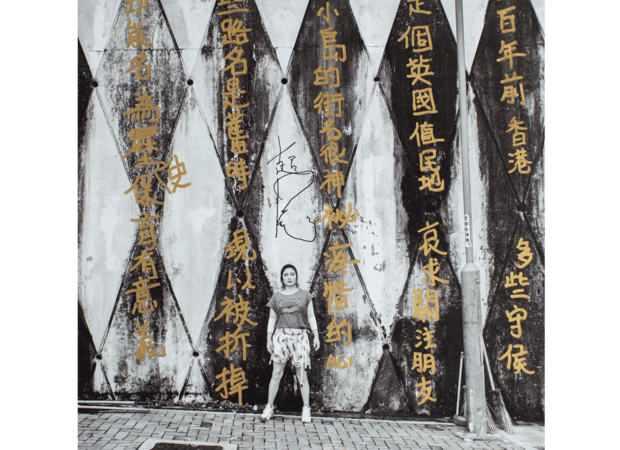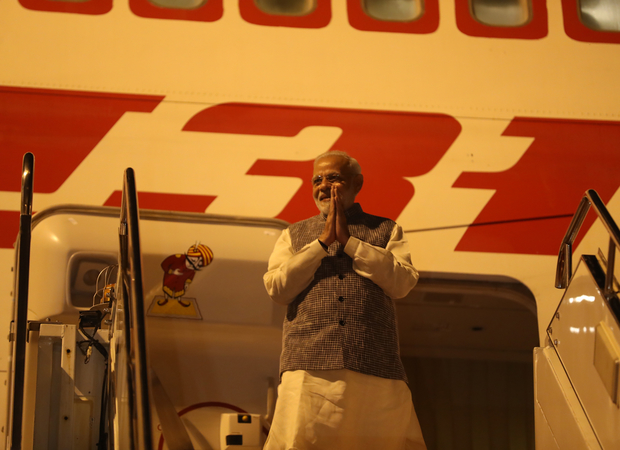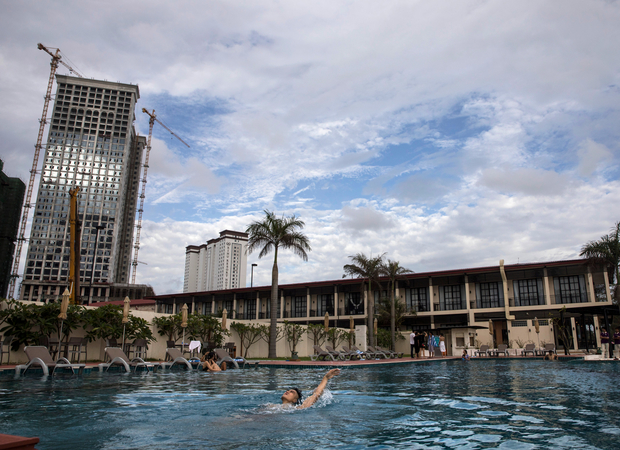HK5633
on July 24, 2019
Josie Ho, actress and lead vocalist of Josie and the Uni Boys, Jardine’s Lookout, Hong Kong, June 28, 2019.
Transcription and translation of handwriting:
一百年前香港,是個英國值[殖]民地 ,這小島的街名很神秘,這些路名是舊時的功能名,為歷史保育,有意義,現以[已]被拆掉,疼惜的心,哀求關注朋友,多些守候
(100 years ago, Hong Kong was a British colony. The names of the streets on this small island are mysterious; these street names are from their previous functions. They are meaningful historic [relics], which now have been removed. Cherishing heart, begging for your attention, friend, more care)











